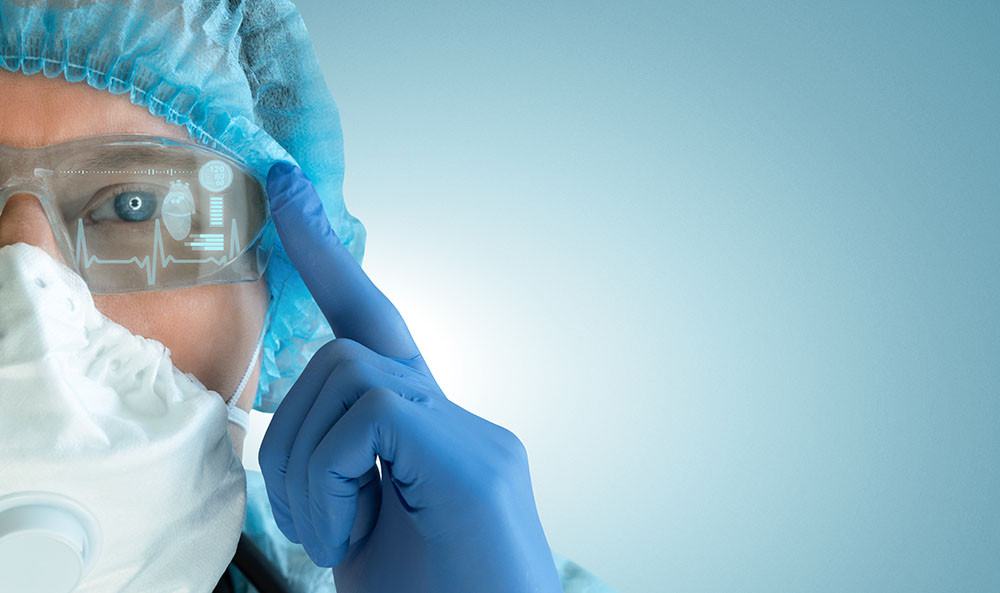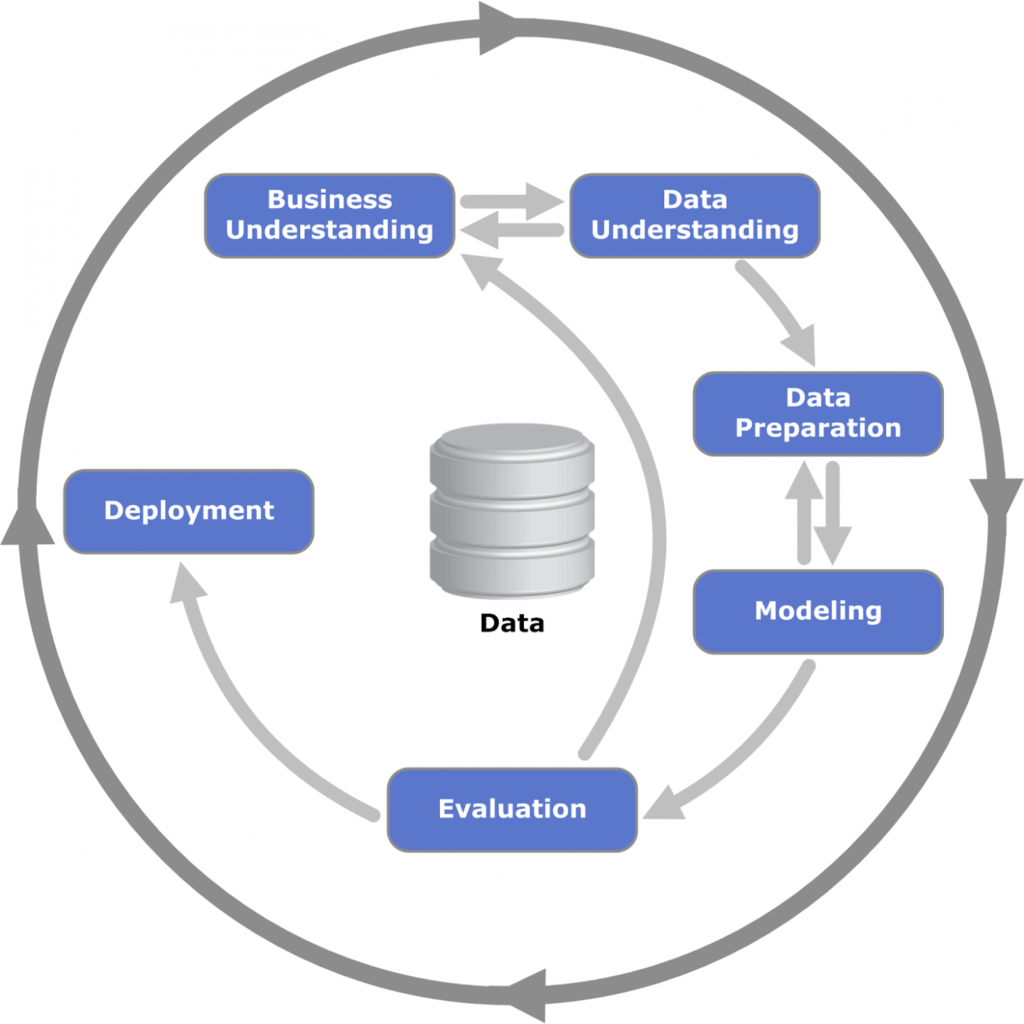The first part of the article can be found here.
6. Health care and telemedicine
In the coming years, the need for remote medical monitoring of the course of diseases and monitoring of indicators of well-being will grow. Forrester expects this to drive rapid growth in the use of wearable devices and sensors to help monitor patients with chronic conditions. To a large extent, this is facilitated by the convenience and relatively low cost of such devices.

In addition, wearable devices can be used to minimize unnecessary contact in situations where the risk of viral infection is particularly high (for example, in nursing homes and in infectious diseases wards of hospitals).
Another of the scenarios for the use of IoT in medicine is the implementation of robots, which are used in some hospitals, for example, for disinfecting surfaces.
7. Big Data, analytics and machine learning
IoT networks use distributed analytics and data processing. Modern warning or data processing systems do not load the network core. This improves performance by reducing network latency.
Another trend is the integration of data streams with machine learning and artificial intelligence systems. Potential applications are smart homes and office maintenance. According to CISCO, there are 50 billion smart connected devices in the world today that collect, analyze and exchange data.

Analytical models integrated directly into devices can significantly speed up the data analysis process. Already, IoT data has become a commodity in demand, in particular, by manufacturers of household appliances and marketers (as proof of the viability of a product).
Edge Computing is being introduced primarily in industries that require a quick response based on complex data analysis (manufacturing, logistics, public safety). In addition, edge computing methods can reduce the risk of personal data leakage associated with the repeated movement of this information back and forth between personal devices and cloud servers.
8. Collaboration of cloud and IoT technology providers
Cloud software providers will focus on developing new applications for IoT integration. The pioneers in this direction, most likely, will be large corporations like Google.
The amount of information generated by IoT devices is constantly increasing and in the near future will amount to hundreds of zettabytes. Clouds will increasingly be responsible for their processing.
The stack of cloud technologies for IoT is constantly being replenished: new storage systems are added, ML-services (Machine Learning) are being actively developed for their processing, digital twins are being created, a large number of services appear that solve typical IoT tasks (for example, commissioning a large fleet devices, statistics of their interaction with the cloud, etc.).
9. The spread of 5G
The main advantages of 5G for IoT are transmission speed and low latency. The use of 5G is becoming especially relevant for systems where a quick response to control actions is required. For example, it can be used in automation and robotization and is especially important for the approach of the era of autonomous transport and the concept of Connected Car. The use of 5G will enable cars to almost instantly exchange data with each other and traffic lights, which will significantly increase the reliability of auxiliary systems, reduce road accidents, and also affect the reduction of unnecessary traffic and congestion.

However, 5G will not be the only communication channel for IoT: depending on the use case for IoT devices, it is necessary to take into account the presence of satellite and other network technologies with low energy consumption (4G, LPWAN), the use of which, according to Forrester’s forecasts, will grow by 20% in 2021.
10. Digital twins
Digital twins further develop the idea behind the IoT concept. This is not only data collection, but also the creation of virtual copies of devices and entire systems.
The introduction of digital twins makes it possible to work with devices “seamless”, that is, if the connection is broken or a broken device is replaced, the entire system will continue to work in the same mode. There are unique opportunities for learning and experimenting with complex systems. This translates into cost and time savings, especially in industries such as construction, engineering and architecture.
11. Location data
Forrester expects location data to be a key element in ensuring optimal customer-employee interactions. Therefore, there will be an increasing need for IoT vendors to help companies implement Location-based services (LBSs) in addition to third-party sources of location data.
12. IoT in service
IoT can enhance the capabilities of CRM systems by identifying customer problems on the ground and informing service company employees about them. For example, Internet service providers can track problems with the connection of customers to the network in this way. This approach allows companies to rely more on remote technicians to maintain systems, which minimizes downtime and eliminates travel costs.
Thanks to the API, the data obtained from the IoT can be used in various customer retention scenarios to improve customer experience and personalize purchases.
Conclusion
According to J’son & Partners Consulting, important qualitative changes in the economy are behind the quantitative growth of IoT and the organizational and technological transformation of production:
- “Smart” devices provide valuable information about the use of the product and equipment, as well as help form new business models and provide additional income from the offer of new services such as XaaS (manufacturing as a service, transport as a service, security as a service, and others);
- a “Shared Economy” is emerging, which is characterized by higher efficiency and productivity due to the expanded and reuse of existing resources;
- the functionality of devices can be changed without making changes to physical objects – by changing the technologies for managing them;
- analysis of data about the user, his production facilities (cars, buildings, equipment) and the nature of consumption open up opportunities for the service provider to improve the customer experience, provide more usability and reduce customer costs, which leads to increased satisfaction and loyalty from working with this supplier;
- the functioning of various sectors of the economy will continuously become more complex due to the development of technology and will increasingly be driven by automatic decision making by the machines themselves based on the analysis of large amounts of data from connected devices. This will lead to a gradual decrease in the role of production personnel, including qualified personnel. High-quality professional education, including engineering, as well as special education programs and trainings for workers will be required.
At the same time, the IoT landscape remains fragmented, with many prevailing standards, connectivity and use cases. Forrester Research predicts this fragmentation will continue in the coming years.
The potential of this technology in most industries is enormous: IoT does play a key role in realizing the Industry 4.0 vision. It is no exaggeration to say that IoT technology will become the industry standard and lead companies around the world to revolutionize the “rules of the game” that will increase overall profitability and business resilience in the coming years.




About The Author: Yotec Team
More posts by Yotec Team